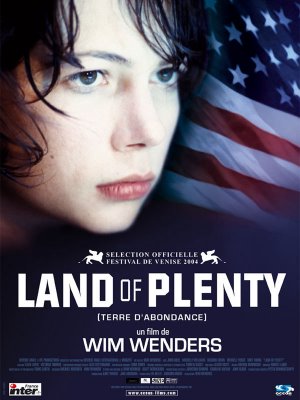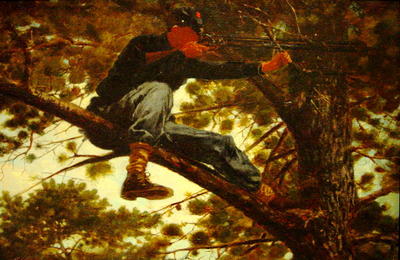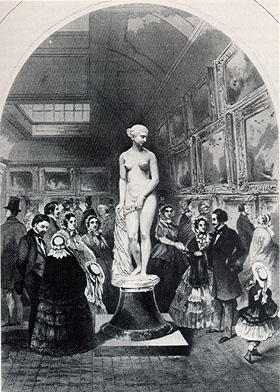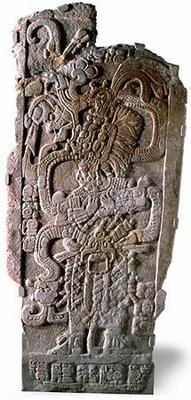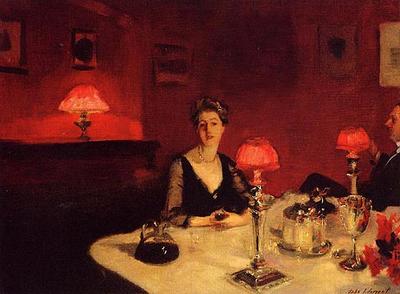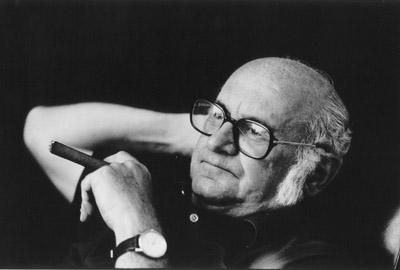
HAROLD LEVENTHAL
1919 - 2005
Harold Leventhal, died on Tuesday at the age of 86. A renowned folk music champion, Leventhal acted as promoter, producer, and manager for Woody Guthrie, Pete Seeger, Bob Dylan, and countless others. Leventhal presented a 21-year-old Bob Dylan at Town Hall in New York in Dylan's first major concert hall appearance on April 12th, 1963. Harold Leventhal was featured most recently in Martin Scorcese's documentary
"No Direction Home: Bob Dylan" in which he provided glimpses into Dylan's early years in New York.
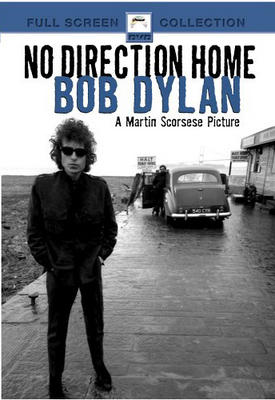
Harold Leventhal enlisted in the US Army during World War II and was stationed in India from 1944-46. These years had a profound impact on his life both politically and artistically. In India, Harold's political interests led him to seek out members of the Indian National Congress. He met with Jawaharlal Nehru and Mahatma Gandhi.
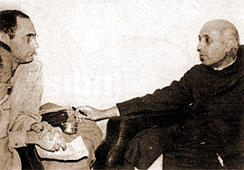
Harold Leventhal and Jawaharlal Nehru,1945
Jorge Arevalo, in the concert notes to the Tribute to Harold Leventhal Concert at Carnegie Hall on November 29th, 2003, explains how ""the influence of both India’s first Prime Minister and consummate peacemaker would alter and forever affect Harold's life, particularly during America’s civil rights struggles of the 1960s when he met with Dr. Martin Luther King, Jr. Dr. King asked Leventhal to recount Gandhi’s ideas on his political strategy of non-violence."
Because of his politics and social activism, Harold Leventhal was tailed by the FBI during the McCarthy era and was unable to even get a passport to travel until 1960. Recently, upon reading the thick FBI dossier on his activities during the 1950's, Harold was taken aback by the detail and thoroughness of the Bureau's investigation.

M F Husain
"Artist and Model"
187cm x 187cm acrylic and lead on canvas 1990
As well as promoting American artists, Harold Leventhal over the years supported the arts of India by arranging painting exhibitions, concerts and theater productions.These included shows of Jamini Roy's paintings at the ACA Galleries on 57th Street in 1952, a solo exhibition of Satish Gujral's works in 1953 and M F Husain's first exhibition in New York in 1963.
Leventhal was also New York's first world music promoter, introducing Ravi Shankar in concert at Carnegie Hall. Harold Leventhal was also instrumental in the arrangements for the poet Rabindranath Tagore's off-Broadway production of "King of the Dark Chamber" in 1961.
The following is from a conversation with Harold Levinthal prompted by the Tribute to Harold Leventhal Concert at Carnegie Hall:
Michael Kleff: "Thinking of the present political situation, is it hard to still believe in America?"
Harold Leventhal: "Well, honestly, I feel somewhat depressed, politically. This is the worst in my history of being around as a citizen. We got an administration that is on the border of [being] neo-fascist, in my opinion. And this is it. This is a calamity."
Michael Kleff: "Thinking about all the years you fought for a better world, how do you feel now? Is it painful?"
Harold Leventhal: "I don’t think it’s painful. Disappointing is the word. That doesn’t mean I shouldn’t continue being in progressive causes, or causes that are for the better of minorities. Those causes are still there. You just don’t give up. You’re always somewhat optimistic that somewhere along the line whatever you stand for is gonna come true. It’s the struggle of getting there that has become very difficult. The atmosphere in our country today is extremely difficult. We don’t have enough forces that we might have had 30 years ago to rally around good causes. We’ve been marginalized. Apparently the right wingers don’t care what we say. They let us say it because they know, or they think, that we don’t mean anything. This is what’s happening to a great extent."
"I’m optimistic because, look, we got rid of Nixon! Whoever heard of a president being kicked out? There is the ability in this country, in spite of its faults, in spite of its difficulties, you can open your mouth. You might get arrested in some places (laughs) but you get out. There’s a lawyer gonna get you out!"
More on Harold Leventhal:
harold leventhal in the timeswoodyguthrie.org







